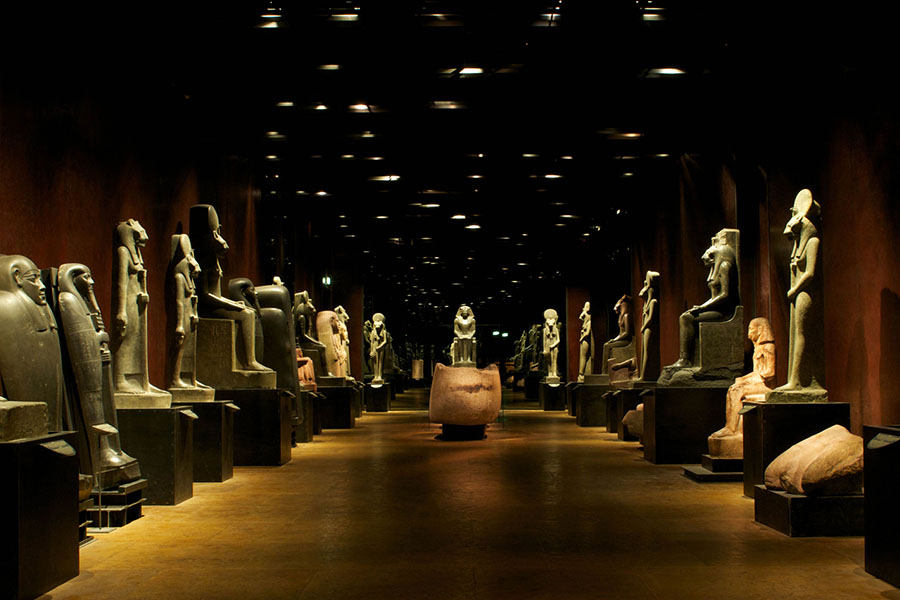



Hotel Original
The Egyptian Museum of Turin
The Egyptian Museum of Turin offers its visitors finds of great importance and is considered the most important Egyptian Museum in the world after that of Cairo.
Founded in 1824 by King Carlo Felice of Savoy as the "Museum of Egyptian Antiquities" in Turin, it owes its fortune to Bernardino Drovetti who, as French consul during the occupation in Egypt, acquired over 5,000 artefacts great value.
King Carlo Felice later united Drovetti's collection with other collections and other antiquities owned by the House of Savoy, thus creating the first Egyptian Museum in the world.
The Museum today displays around 6,500 finds from ancient Egypt, but as many as 26,000 are still stored in its warehouses.
The Egyptian Museum of Turin includes statues, jewels, funerary objects and mummies. Among the most important finds:
– the Rock Temple of Ellesija, built by the Pharaoh Thutmose III and donated by Egypt to Italy after the Egyptian Museum of Turin saved it from the danger of being destroyed in 1965 submerged lake Nasser. The Italian State then donated the Temple to the museum.
– the statues of the goddesses Isis and Sekhmet and that of Ramesses II
– the Gold Mining Papyrus, the map of the mines in the area in the north-east of Sudan, home to the ancient urban settlement of Berenice Pancrisia
– the intact tomb of Kha and Merit, dating back to the XVIII dynasty in which the architect Kha and his wife Merit were buried with the funerary objects and which was found by the Egyptologist Italian Ernesto Schiapparelli
– the reliefs of Djoser, pharaoh of the third Egyptian dynasty



